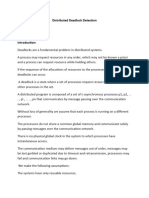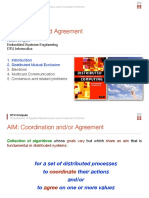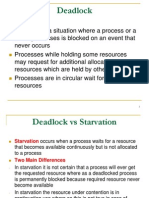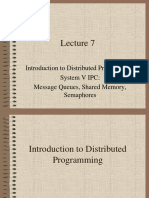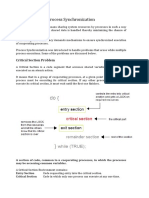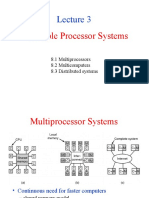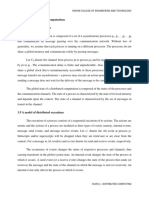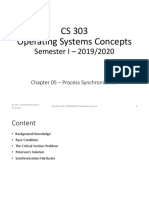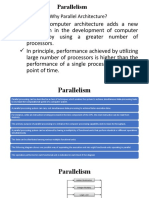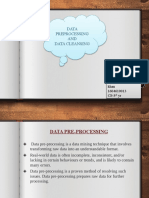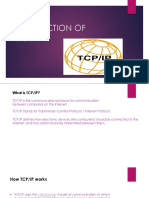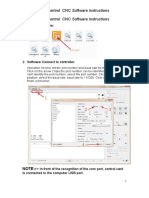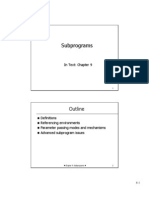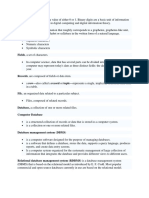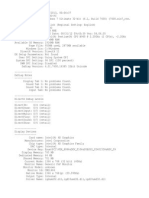0% found this document useful (0 votes)
226 views23 pagesDistributed Mutual Exclusion Methods
The document discusses different approaches for achieving distributed mutual exclusion, which ensures that only one process accesses shared resources in a critical section at a time in a distributed system. It describes centralized and distributed token-based, non-token based, and quorum-based algorithms. Specific algorithms discussed include Lamport's algorithm, Ricart-Agrawala algorithm, Maekawa's quorum-based algorithm, and Ricart-Agrawala's second token-based algorithm. Performance metrics like message complexity and synchronization delay are also covered.
Uploaded by
Ali KhanCopyright
© © All Rights Reserved
We take content rights seriously. If you suspect this is your content, claim it here.
Available Formats
Download as DOCX, PDF, TXT or read online on Scribd
0% found this document useful (0 votes)
226 views23 pagesDistributed Mutual Exclusion Methods
The document discusses different approaches for achieving distributed mutual exclusion, which ensures that only one process accesses shared resources in a critical section at a time in a distributed system. It describes centralized and distributed token-based, non-token based, and quorum-based algorithms. Specific algorithms discussed include Lamport's algorithm, Ricart-Agrawala algorithm, Maekawa's quorum-based algorithm, and Ricart-Agrawala's second token-based algorithm. Performance metrics like message complexity and synchronization delay are also covered.
Uploaded by
Ali KhanCopyright
© © All Rights Reserved
We take content rights seriously. If you suspect this is your content, claim it here.
Available Formats
Download as DOCX, PDF, TXT or read online on Scribd
/ 23


